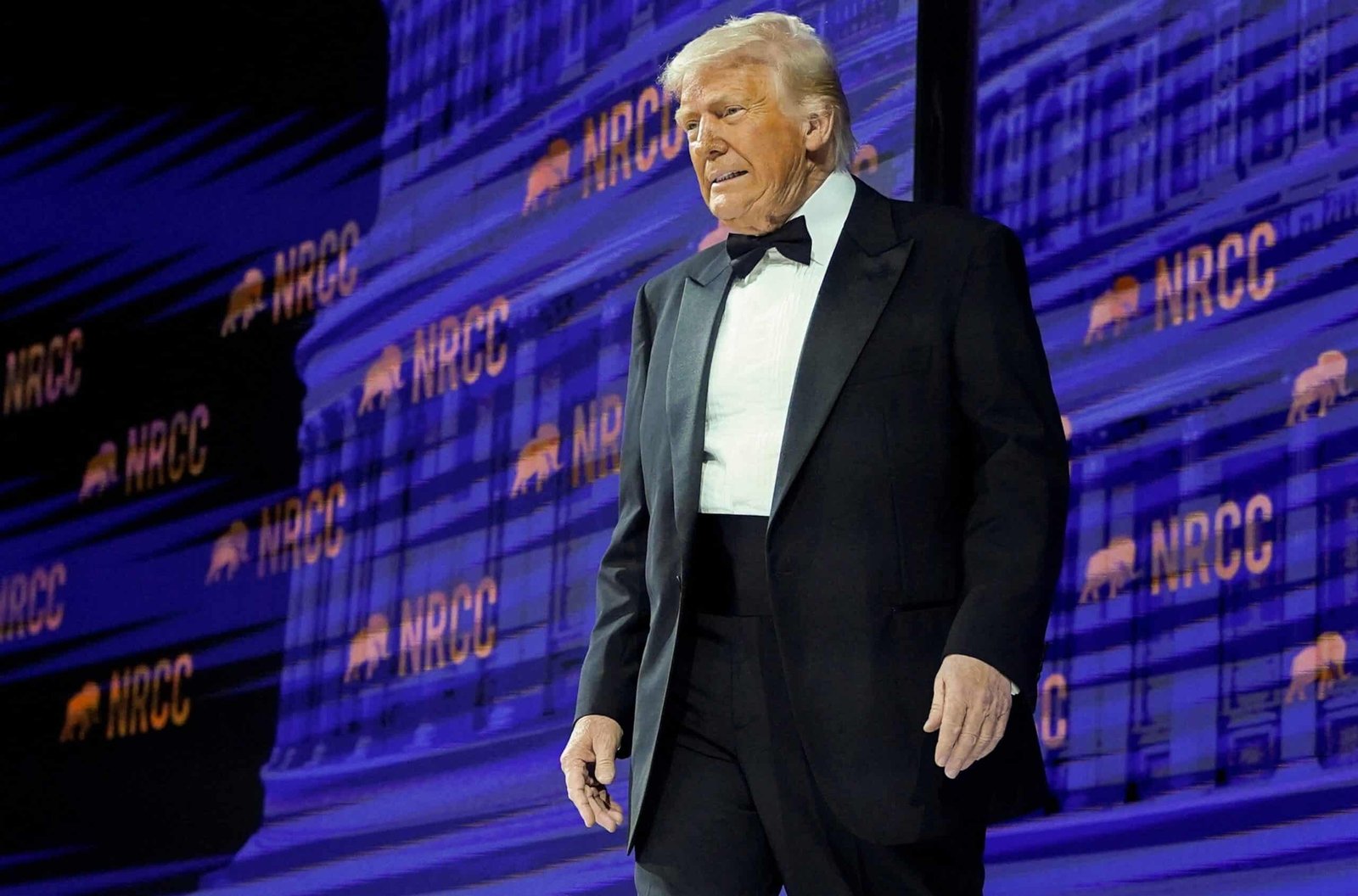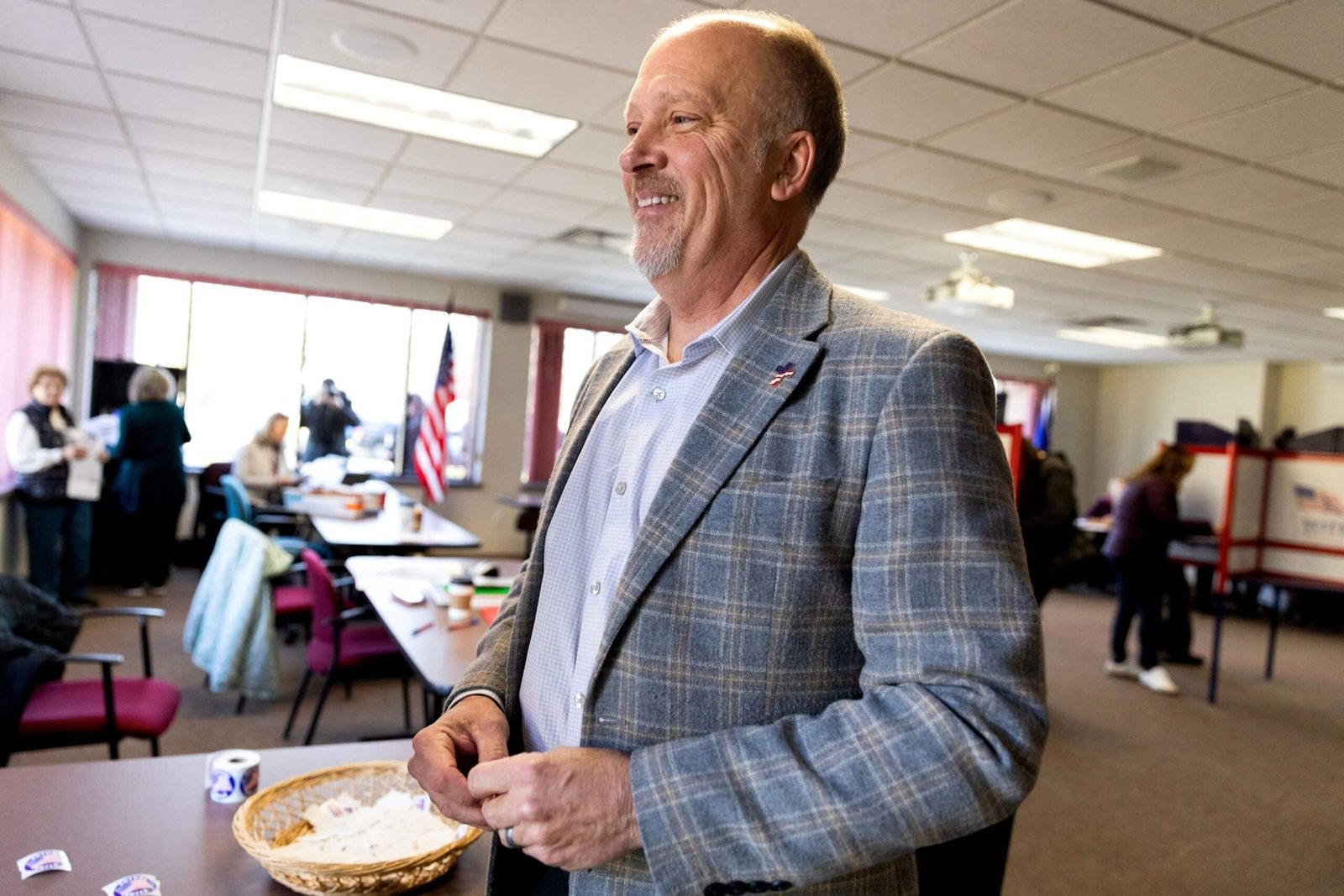Pharmaceutical rates proposed by Trump can increase costs, causing drug shortages: experts

In the political fundraising dinner on Tuesday night, President Donald Trump said he plans to announce the tariff on immediate drugs.
“We will dance our medicine, and once we do that, they come back to our country, because we are a large market,” Trump said at the National Republic Congress Committee in Washington, DC
“And when they hear that, they will leave China, they will leave another place, because … most of their products are sold here, and they will open their plants in all places in our country – we will announce that,” he continued.
Although Trump recently applied a 90 day pause at several rates, he said Wednesday that he was still serious about placing tariffs on drugs to increase US drug manufacturing. “We will put tariffs in pharmaceutical companies, and they will all want to return,” Trump said, spoke from the Oval office.
Raw materials from almost all drugs are made abroad, even for drugs produced in the US, which means the tariff can increase the cost of some drugs including painkillers that are sold freely and antibiotics, heart drugs and asthma drugs.
Pharmaceutical and economic experts say such tariffs can also cause drug shortages and even have the potential to stop research and development.

President Donald Trump attended the National Republic Congress Committee Dinner in Washington, April 8, 2025.
Nathan Howard/Reuters
Additional cost
Experts say additional costs will be forwarded to consumers.
Ernie Tedeschi, Director of Economics in the Budget Laboratory in Yale, the Center for Non-Party Policy Research, told ABC News that the average household spent an average of $ 4,200 for prescription drugs in 2024. That number included a combination of out-of-pocket costs and expenses borne by insurance.
Tedeschi said the assessment from the budget laboratory found that the tariff was 25%, for example, would increase pharmaceutical prices by an average of 15%.
“Based on our assessment … The cost for prescription drugs will increase on average around $ 600 per year per household in the United States,” he said. “Now, not all of that must be outside the bag for the average family … but if a family does not pay $ 600 full, their insurance company pays another part of it.”
He continued, “So, even if the family does not see the price increase that is their responsibility, they might pay for a higher insurance premium [and] a higher co-pay as a result of this. “
Lack of drugs
Tariffs can also have an impact on generic drug makers operating on thin margins, according to Dr. Erin Fox, Chief Farmacy Officer at the University of Utah Health WHO tracking drug shortages.
In particular, Fox told ABC News that he was worried about drugs that had often been deficient, including drugs that could be injected. This includes drugs such as lidocaine, which is used to kill pain.
He said drugs that people drink every day, usually in the form of pills, tend not to be unlikely to have an impact in the near future because there are many suppliers of these products.
“The injected product may only have two or three [suppliers] Max, “he said.

A bottle of prescription drug is seen in stock photos that are not dated.
Stock photo/picture getty
Fox said that most generic companies have a supply of six to 12 months from their active pharmaceutical material, and some companies may have bought some additional products to anticipate this tariff.
“This will not be a direct effect, of course, which we will see, but when it comes time to buy the next raw material batch, will it have a high rate, and will the company be able to do that?” Said Fox.
Less research and development
William Padula, assistant professor of health and economic policy at the University of Southern California and a scholar at the USC Schaeffer Institute, said he did not believe the tariff would have a big impact on consumers but could have an impact on the field of research and development of pharmaceutical companies.
He explained that pharmaceutical companies not only make drugs but other tools including vaccines, biomedical products and even products that are sold freely, such as bandages.
Padula added that these companies use their profits in different ways including investing in research and development.
“If they have less research and development of money because fewer people who buy drugs at higher prices as a result of tariffs, in the long run, they must attract investments in research and development that can cause less innovation,” he told ABC News.
“As a result, we [could] Ends in situations where there are not many novels, new treatments for patients with different diseases, “he added.
ABC News’ Sony Salzman contributed to this report.






